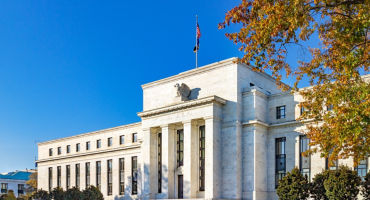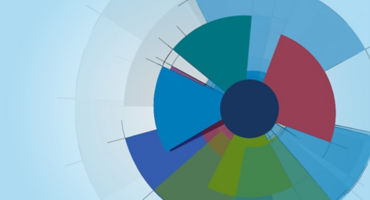This year is shaping up to have a macro backdrop very few investors have ever experienced. Most central banks are loosening policy into what we would characterize as historically tight labor markets. The scale and impact of US tariffs will be an ongoing question, and the market will likely continue to oscillate between different macro narratives. Unknowns around the direction of the economic cycle may force investors to consider a wider distribution of cyclical outcomes and policy responses. This sets the stage for:
- Greater differentiation between countries. As globalization takes a different, more reduced form, the value from understanding local markets goes up and with it the opportunity set. Going forward, we should expect less correlation between countries and greater policy divergence.
- Greater spread volatility in credit markets. Last year, credit market volatility disappeared. The maximum drawdown in the US high-yield market was only 1.6%. Such a benign environment is unlikely this year given the unconventional (and sometimes chaotic) policy environment, and far more unpredictable and dangerous national security backdrop.
- US exceptionalism is likely to be tested. The world has parked its savings in US financial assets for the last 25 years, but going forward the growth/inflation trade-off in the US economy is likely to deteriorate, making it look less exceptional.
In light of its recent 25th anniversary, our Opportunistic Fixed Income Team reflects on these challenges and potential opportunities for investors who are able to maintain perspective, flexibility, and a thoughtfully constructed, diverse fixed income portfolio.
Reverse the psychology
When it comes to investing, it’s easy to let inertia inform decision making. If something is working, it’s human nature to believe it will keep working. If something did — or didn’t — work before, you’re likely to think it will — or won’t — again. But history suggests the worst strategic asset-allocation decision is to extrapolate current or past dominant trends to inform future choices.
Today’s winners may not keep winning, and/or they may be overpriced, unable to continue generating compelling returns. Yesterday’s losers might turn it around. So, it’s important to think outside of these terms and focus on what matters.
Prioritize portfolio construction
So, what matters? When it comes to fixed income portfolio management, we contend that overall portfolio construction is arguably more important than credit security selection. In our view, a mindfully constructed portfolio has layers of diversification embedded in its structure. This may mean investing across different sectors, time horizons, geographies, styles, and objectives. A flexible, diverse approach to fixed income can potentially maximize risk-adjusted returns over time (Figure 1).



























Monthly Market Review — October 2025
Continue readingBy